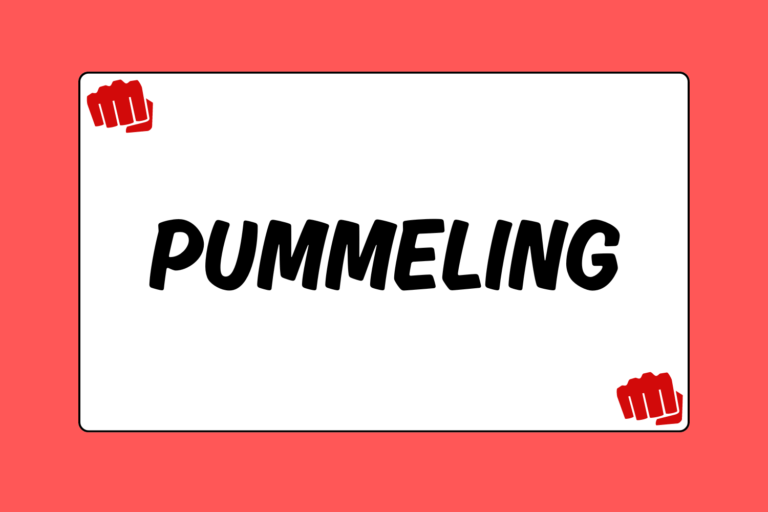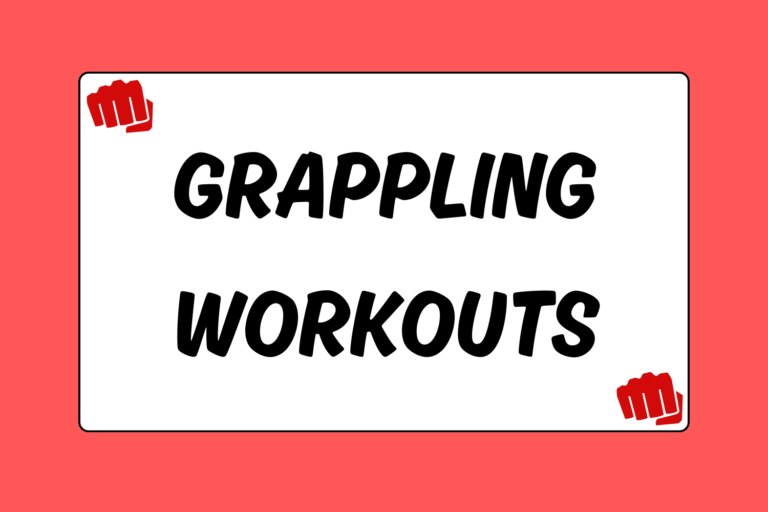Grappling mats are critical in mixed martial arts. Without them, fighters wouldn’t have a place to practice their ground skills. Also, mats aren’t cheap, which makes caring for them that much more important. Knowing how to maintain your mat is critical for extending its life and getting the most use out of it. Below you will find useful information on how to clean, store, and repair a grappling mat, as well as several other important tips to keep your mat in the best condition possible.
Cleaning the Mat
One of the most important aspects of maintaining a grappling mat is cleaning it on a regular basis. Regular cleaning will help prevent the accumulation of bacterium, fungi, and other unwanted organisms, and lessen the chances that you or your fighters catch any communicable diseases.
Every day that your fighters step onto the mat for practice, it should be clean. If the location of your mat is in a multi-use facility and several groups of people use it throughout the day, it’s important that the mat be cleaned before each use, even if there are no extensive workouts taking place on it. In fact, it’s best to clean the mat before and after each use to keep it, and your fighters, as clean as possible.
Disinfection Process
Below is a quick run-down of how to disinfect your mat (by mopping). Before you start, use a soft-bristled push broom, or a wet/dry vacuum cleaner to remove extra dirt, dust, hair, etc. from its surface. Once the surface is free of particles, you are ready to disinfect it.
The most common way to disinfect a mat is through the use of a traditional mop and bucket. You may also use a specially designed mopping system, such as a bucket-less mop. No matter what you use to disinfect the mat, the process is more or less the same:
- Mix the cleaning solution with warm water.
- Dip the mop head into the cleaning solution, or apply the solution directly to the mat.
- Move the mop head across the mat to lift any dirt or particles from its surface.
- Let the mat dry completely before use.
Depending on what type of equipment you are using to disinfect the mat, the procedure may vary. For more information on the disinfection process, check out How to Clean a Grappling Mat in the Related Guides section at the right of this page.
In addition to its surface, you should also clean underneath the mat — its underside and the floor — regularly. You don’t have to clean underneath the mat as frequently, but doing so every few weeks (at the very least) will ensure that mildew isn’t building up underneath.
It is also important to clean off any blood or other body fluids immediately to prevent health risks. Use whatever solution you typically use to disinfect the mat to clean up soiled spots as they happen.
Hot Tip: Regulate Shoes
The easiest way to degrade the condition of your mat is to allow people to walk on it with street or gym shoes. Doing so may harm the surface of your mat and drag bacterium, fungi, and viruses onto it. Anyone walking on your mat should do so in wrestling/grappling shoes or no shoes at all.
Cleaning Solutions
It’s recommended that you use a disinfectant specifically designed for grappling mats. These disinfectants have the correct amount of chemicals to clean it effectively without leaving any reside that could harm the mat or your fighters. Fresh disinfectant solution should be mixed every day; you should never clean your mats with previously-used fluid.
Household bleach may also be used in place of mat cleaning solution. When using bleach, make sure to use the correct ratio of water to bleach (10:1). If you use too much bleach, a harmful residue may be left on the mat.
Repairing a Mat
In the case that your mat gets torn or ripped, there are specially designed “repair kits” that contain several different materials you can use to mend the mat yourself. These typically include some kind of glue, caulking, and paint to help get your mat looking better in no time. These repair kits are the most cost-effective options for repairing minor damage to a mat.
If your mat is extremely damaged — extensive cracking, peeling, tears, etc. — it may be reconditioned by a company that specializes in repairing old and worn grappling mats. This is typically cheaper than replacing the mat completely. Reconditioning involves extensive cleaning and re-coating of your mat to revitalize its surface. Keep in mind that reconditioning does not typically restore the foam core of your mat. If the mat has been used to the point where it no longer absorbs shock as well as it originally did, you may need a new mat altogether.
Hot Tip: The Right Temp
Always keep your mat in a room that is maintained at a temperature above 50 degrees Fahrenheit. Many types of mats may crack and become damaged if the room is too cold (about 40 degrees), so always make sure that the room containing your mat is warm enough. This is especially important when unrolling a new mat: Make sure the room’s temperature is about 70 degrees (or higher) when you roll out a newly-purchased mat. Unrolling a mat in a room that is too cold may permanently damage the coating and foam core.
Rolling & Storing Mats
The best way to ensure your mat stays in great shape is to leave it stored flat. However, this is not always an option. There will be times when you will need to roll your mat up in order to relocate and/or store it.
There are a few keys to rolling up mats before you store them:
- Roll it just right: You don’t want to roll the mat too loose or too tight. There should be a small amount of space in the center of the mat.
- Keep it even: Make sure both ends of the mat are rolled at the same time, and each side of the mat is flush.
When you finish rolling it, secure the mat together so that it keeps the shape of a cylinder. This prevents the mat from unraveling, and it will help keep it in good condition. Some mats come with straps when you first purchase them, but you can also use pieces of mat tape. Do not store any heavy equipment on top of mats that could possibly leave an impression.
Storage Tubes
Storage tubes help make rolling up a mat easier, and they keep the mat looking like new by decreasing permanent wrinkles and creases. Tubes are typically made from thick cardboard or another material and they go inside of the mat (the mat is rolled around them). Some mats come with tubes upon purchase, but they may also be bought separately. This item is a must-have if you are constantly rolling up and storing your mats.
Mat Covers
Mat covers are another great item if you need to store your mats for long periods of time, or if the storage space is more public than you would like it. Covers are typically made of plastic and are very thick; this makes them tear- and puncture-resistant. When dirty, covers may also be cleaned similar to the mat itself. You can cover a rolled up mat or you can place the cover directly on the mat, when it’s flat. This allows the mat to be protected when you aren’t around.
Every Bit Helps
Maintaining a grappling mat is no easy task. Constant effort must be made to help keep a mat clean and in good condition. Consider the points in this guide to help prolong the life of your mat. Without a mat, your fighters won’t have a place to practice their grappling. So, take care of it!





